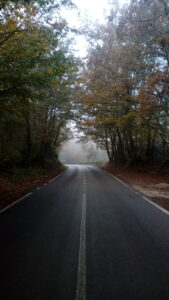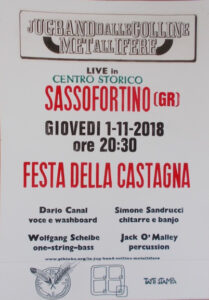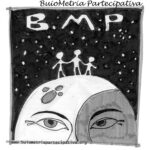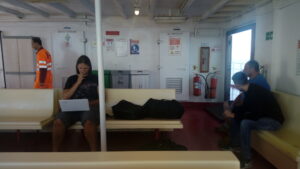
We are set. Are you? The 2018 Autumn BuioMetric Campaign has started.
You are invited to events and initiatives which will lead us to the Third Farma Valley Winter Fest (Southern Tuscany) on Dec. 14-16, for three days of pici, love and music.
Several of the historical readers have been asking for a new branobag season. We can do this, but in a light version, as a soundtrack for your reading. As a starter I propose “Stay With Me” by The Faces.
Recommendations for the week
14 – Grosseto – Amish from Jack White in concerto @Dribbling
15 – Viareggio –Amish from Jack White in concerto @ Corsaro Rosso
15 – Torino – Tom Newton @ HomeGipsyHome
15 – Firenze – Campagna BuioMetrica Autunnale all’Hotel Lombardi (per informazioni: bmp@pibinko.org) **
16 – Massa Marittima (GR) – Tanta Roba – Amish from Jack White in concerto **
17 – Pomarance (PI) – Ganesh 0588 – Jug Band dalle Colline Metallifere live **

 Montsec is a calcareous mountain range more than 40 kilometres long in the regions of Catalunya and Aragon in the north-east of the Iberian Peninsula. The Catalonian part includes around 20 municipalities in the counties of Pallars Jussà and La Noguera.
Montsec is a calcareous mountain range more than 40 kilometres long in the regions of Catalunya and Aragon in the north-east of the Iberian Peninsula. The Catalonian part includes around 20 municipalities in the counties of Pallars Jussà and La Noguera.


 An advanced model for coastal light pollution
An advanced model for coastal light pollution
